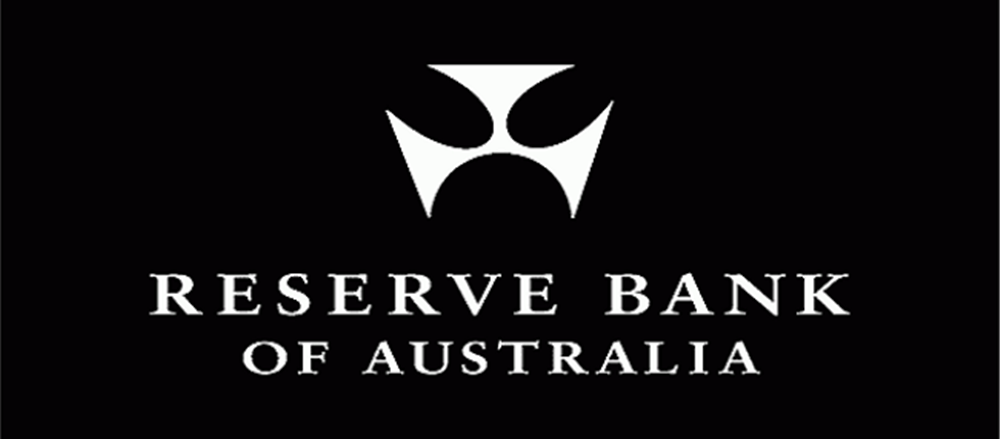A lot is being heard about the dividend cuts in the banking sector along with banks’ capital positions, now-a-days, at the back of Reserve bank of Australia’s (RBA) latest commentary. Let us look at the current notion prevailing in the market:
Maintain Higher Capital to position during economic downturn: Higher capital is required to maintain sound financial backing even during economic downturn. The higher capital liquidity position makes the banks resilient. Accordingly, the Australian Prudential Regulation Authority is focusing on the banks’ capital ratios to build a strong risk profile. Although the Australian banks have raised over A$20 billion in capital in last year, they have reduced to focus on low-returning activities like institutional lending. However, the rising debt in China is a key concern as the country is Australia's biggest export market which could lead to rise in defaults. Additionally, the risks in housing and commercial property markets are increasing due to the price growth in some cities, increased investor activity and strong price competition among lenders. The booming supply of new apartments in some inner-cities especially in Brisbane and Melbourne, has increased the risk of oversupply and there are concerns on borrowing-fueled bubble in home prices. Over 2% to 5% of the banks’ total outstanding mortgage lending has been estimated to be linked with the inner-city Brisbane, Melbourne and Sydney, as per the RBA. This might grow when the apartments which are currently under construction finish. The banks could suffer losses on the exposure of the loans when the value of the properties drop and would be insufficient to cover the outstanding debt. However, the risks to financial stability from lending to households have lessened over the past six months as lending standards have improved and the pace of credit growth has slowed as high level of collateral is required. The banks have also taken steps to limit the risks by putting restrictions on the lending to borrowers, which relies on the foreign income, and tightening of the lending conditions for new property developments.
Potential cut to bank dividends: RBA has warned the investors for a potential cut to the bank dividends in near future due to the higher capital requirements. Ordinary share dividends are at the risk to the dividend restriction as under Basel III, while the dividends are only deducted from regulatory capital in the quarter in which they are declared. Therefore, the underlying regulatory capital position can be assessed after the dividend payments are adjusted to accrue evenly over the year and then aligned with the profit generation. Further, considering that banks have lately witnessed weakness in earnings growth, there are chances that the dividend payout ratios be reduced in case the capital ratios need to be upped without issuance of new capital. This may also impact the return on equity. Currently, the big four Australian banks have good dividend yields. For instance, Australia and New Zealand Banking Group has a dividend yield of 6.3%, while National Australia Bank has a dividend yield of 7.15%.
Disclaimer
The advice given by Kalkine Pty Ltd and provided on this website is general information only and it does not take into account your investment objectives, financial situation or needs. You should therefore consider whether the advice is appropriate to your investment objectives, financial situation and needs before acting upon it. You should seek advice from a financial adviser, stockbroker or other professional (including taxation and legal advice) as necessary before acting on any advice. Not all investments are appropriate for all people. Kalkine.com.au and associated pages are published by Kalkine Pty Ltd ABN 34 154 808 312 (Australian Financial Services License Number 425376).The information on this website has been prepared from a wide variety of sources, which Kalkine Pty Ltd, to the best of its knowledge and belief, considers accurate. You should make your own enquiries about any investments and we strongly suggest you seek advice before acting upon any recommendation. Kalkine Pty Ltd has made every effort to ensure the reliability of information contained in its newsletters and websites. All information represents our views at the date of publication and may change without notice. To the extent permitted by law, Kalkine Pty Ltd excludes all liability for any loss or damage arising from the use of this website and any information published (including any indirect or consequential loss, any data loss or data corruption). If the law prohibits this exclusion, Kalkine Pty Ltd hereby limits its liability, to the extent permitted by law to the resupply of services. There may be a product disclosure statement or other offer document for the securities and financial products we write about in Kalkine Reports. You should obtain a copy of the product disclosure statement or offer document before making any decision about whether to acquire the security or product. The link to our Terms & Conditions has been provided please go through them and also have a read of the Financial Services Guide. On the date of publishing this report (mentioned on the website), employees and/or associates of Kalkine Pty Ltd currently hold positions in: BHP, BKY, KCN, PDN, and RIO. These stocks can change any time and readers of the reports should not consider these stocks as advice or recommendations.
AU

 Please wait processing your request...
Please wait processing your request...